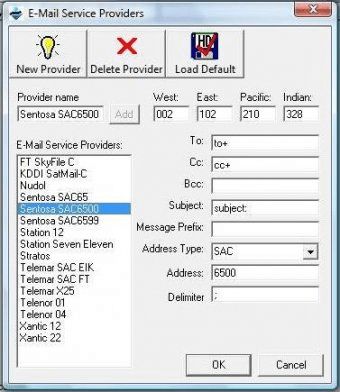


Ice clouds, primarily over Italy and southern France, also appear cyan, while liquid clouds show up a dirty white color, which allows for easy discrimination of cloud phase as compared with the true-color composite, where snow, liquid clouds, and ice clouds all appear white. The natural-color composite easily distinguishes surface snow, which shows up as cyan. 2.Įxample of (a) VIIRS true-color composite and (b) natural-color composite of central Europe, taken 1211 UTC.

The color bar legend can be found in Fig. Bowtie effects have been corrected for in both the MODIS and the VIIRS imagery. Note the large contrast in aerosol scattering between the cooler, drier, and shallower air mass to the north of the Himalayan chain and the warm, humid, and deeper air mass to the south.Ĭomparison showing (a) the difference in swath width between MODIS (band 31, 1-km resolution) and VIIRS (band I5, 11.45 μm, 375-m resolution) data from 0632 UTC, and the relative difference in swath edge resolution between (b) MODIS and (c) VIIRS. VIIRS true-color image from bands M3–M5 over northern India and Tibet at 0725 UTC. The enhanced imagery is particularly useful for identifying dust over bright land surface backgrounds, such as the narrow plume indicated in the enhancement by the yellow arrow. Suomi NPP VIIRS true-color imagery from bands M3–M5, composited from three consecutive daytime passes on, shows the continental United States and surroundings in vivid color detail.Įxample of (left) Suomi NPP VIIRS true color and (right) enhanced dust (dust appears as pink, clouds in cyan, and land in shades of green) imagery. The legend shows the brightness temperatures (☌). An extreme close-up approximately covering the circled region from the MODIS image in (c) is shown in (e), and a similar close-up from VIIRS is shown in (f). (a) GOES-13 10.7- μm image from 0815 UTC, (b) zoomed-in version of (a) over the highlighted thunderstorm complex in the southwestern Gulf of Mexico, (c) Aqua MODIS band 31 (11.0 μm) view of the same thunderstorm complex at 0816 UTC, and (d) NPP VIIRS band I5 (11.45 μm) view at 0817 UTC. Logo for the JPSS constellation, which includes the Suomi NPP satellite.


 0 kommentar(er)
0 kommentar(er)
